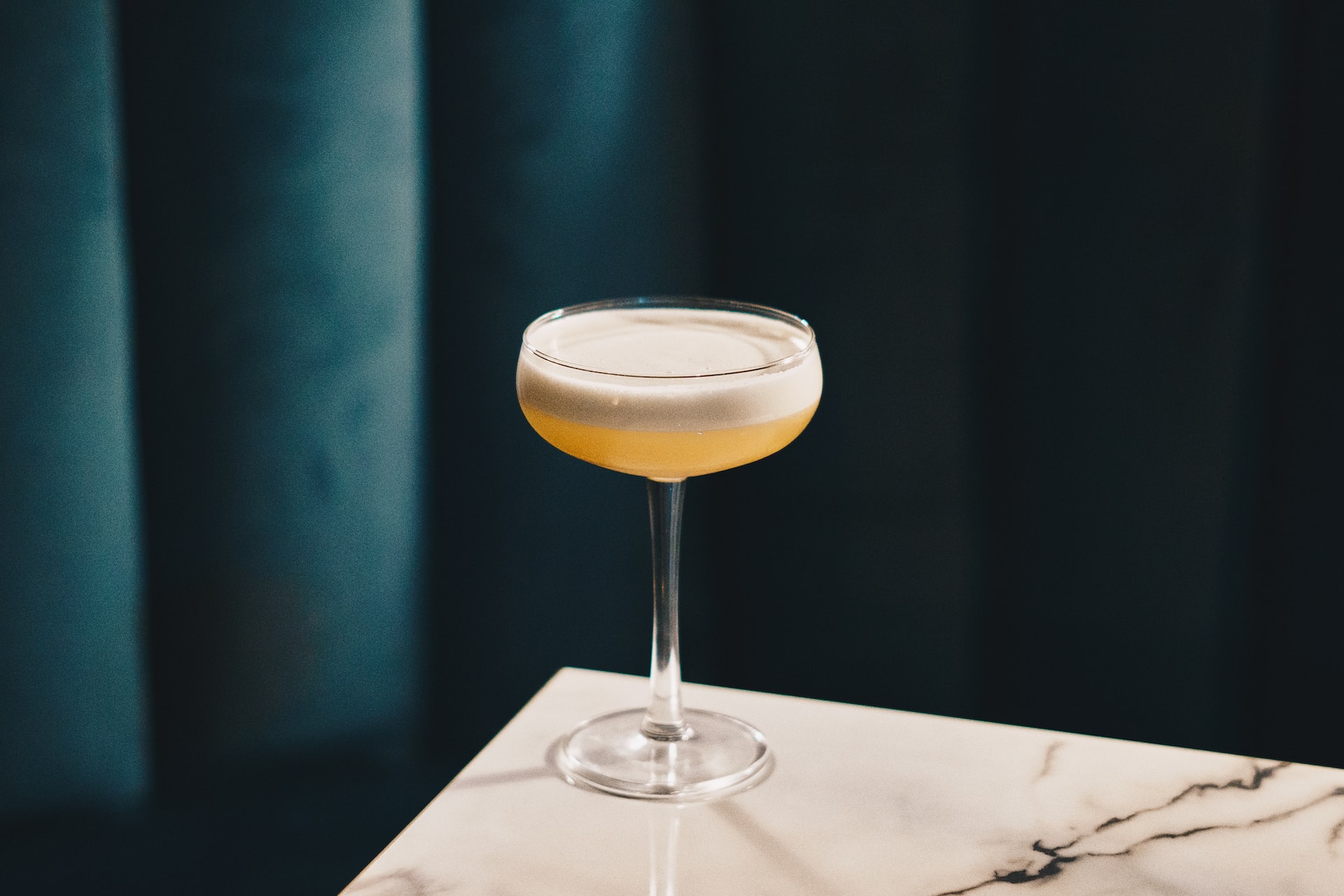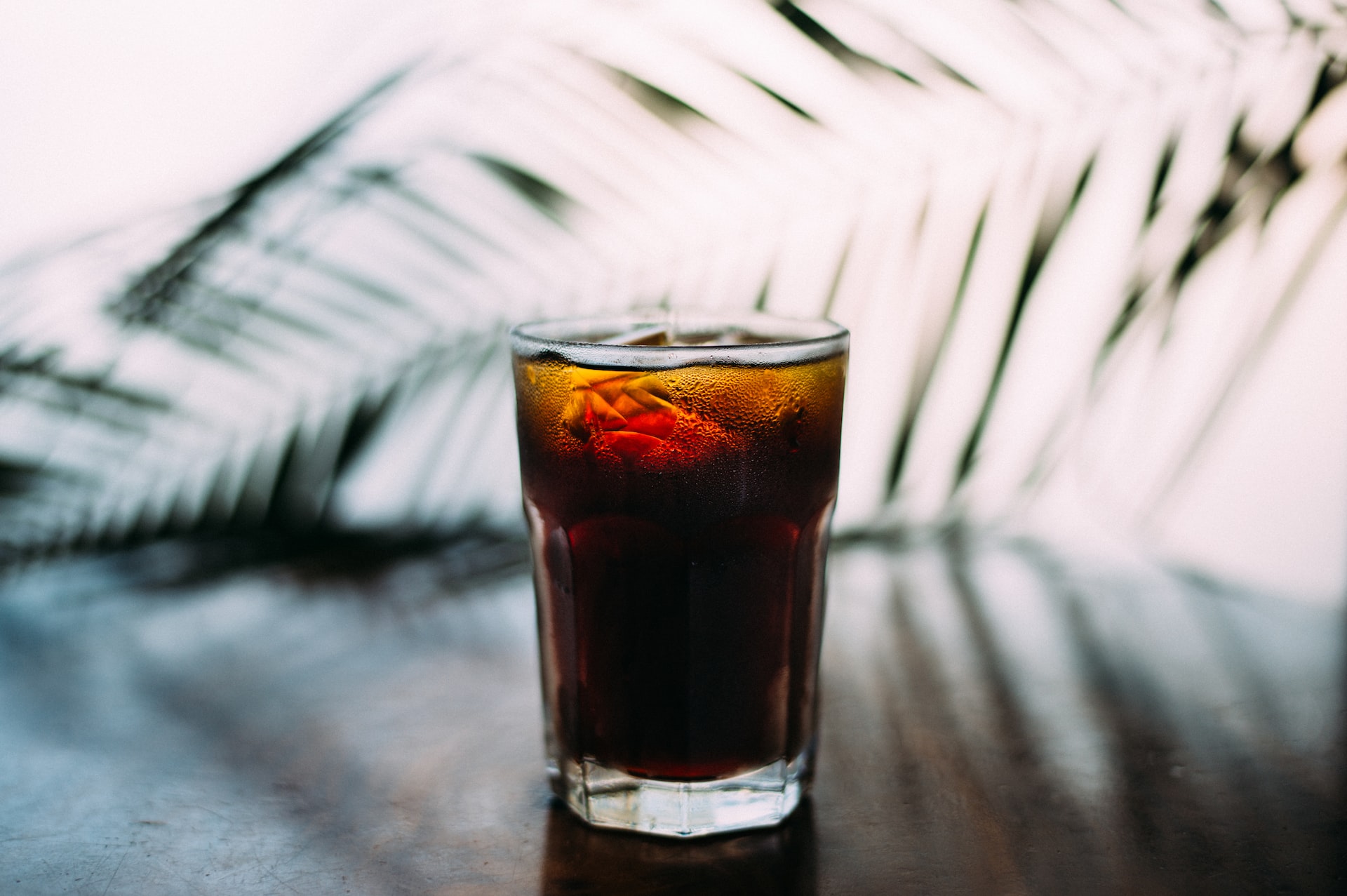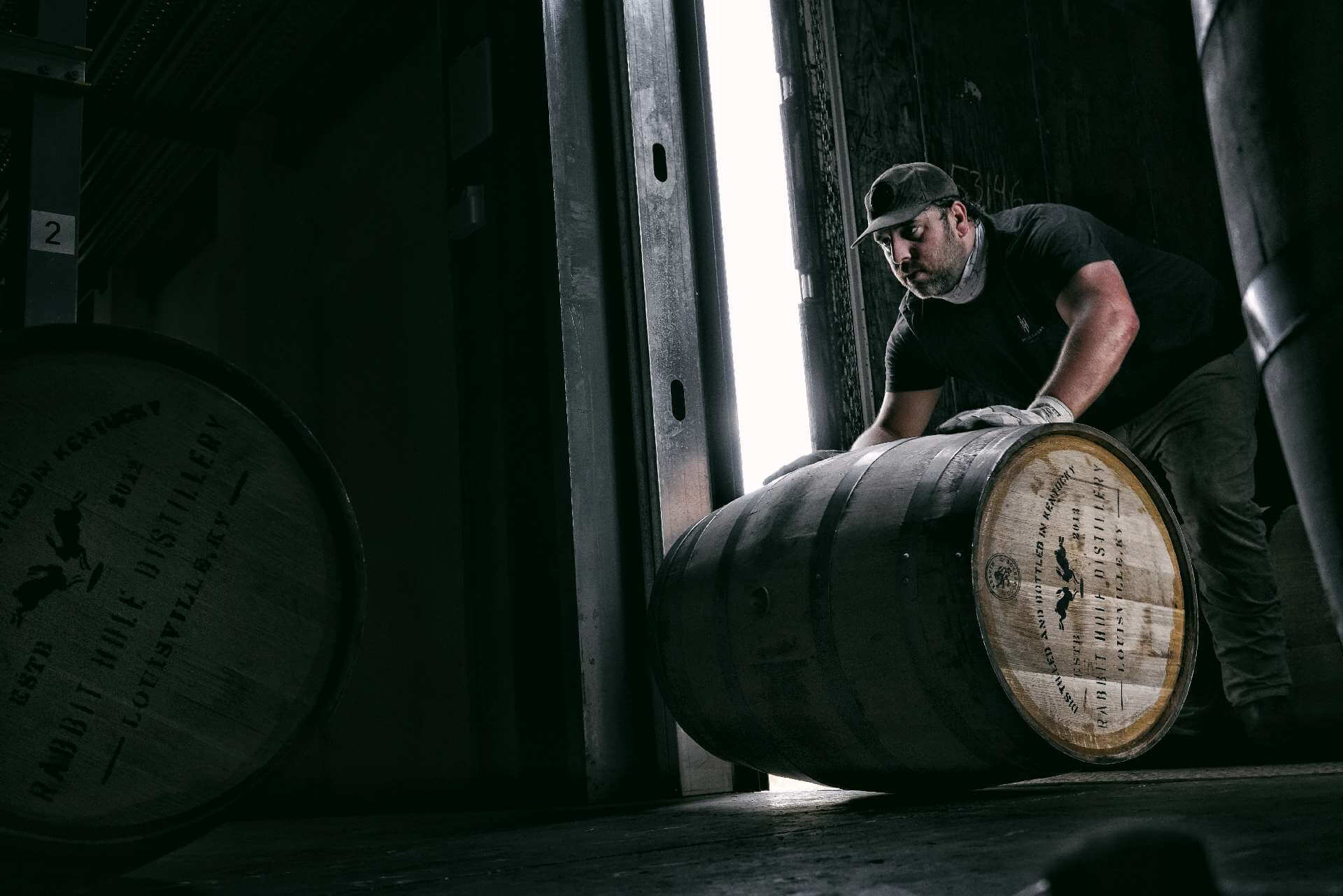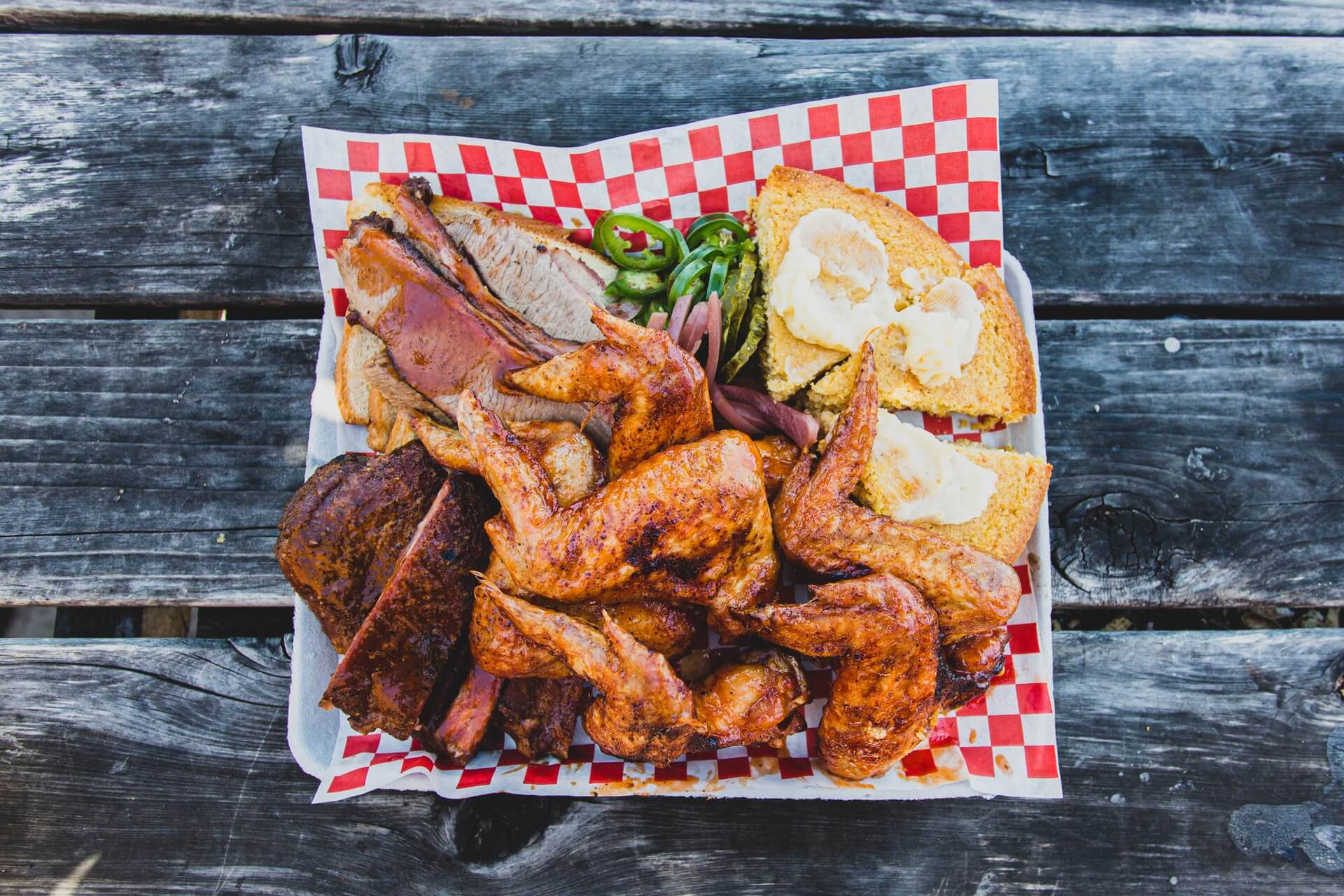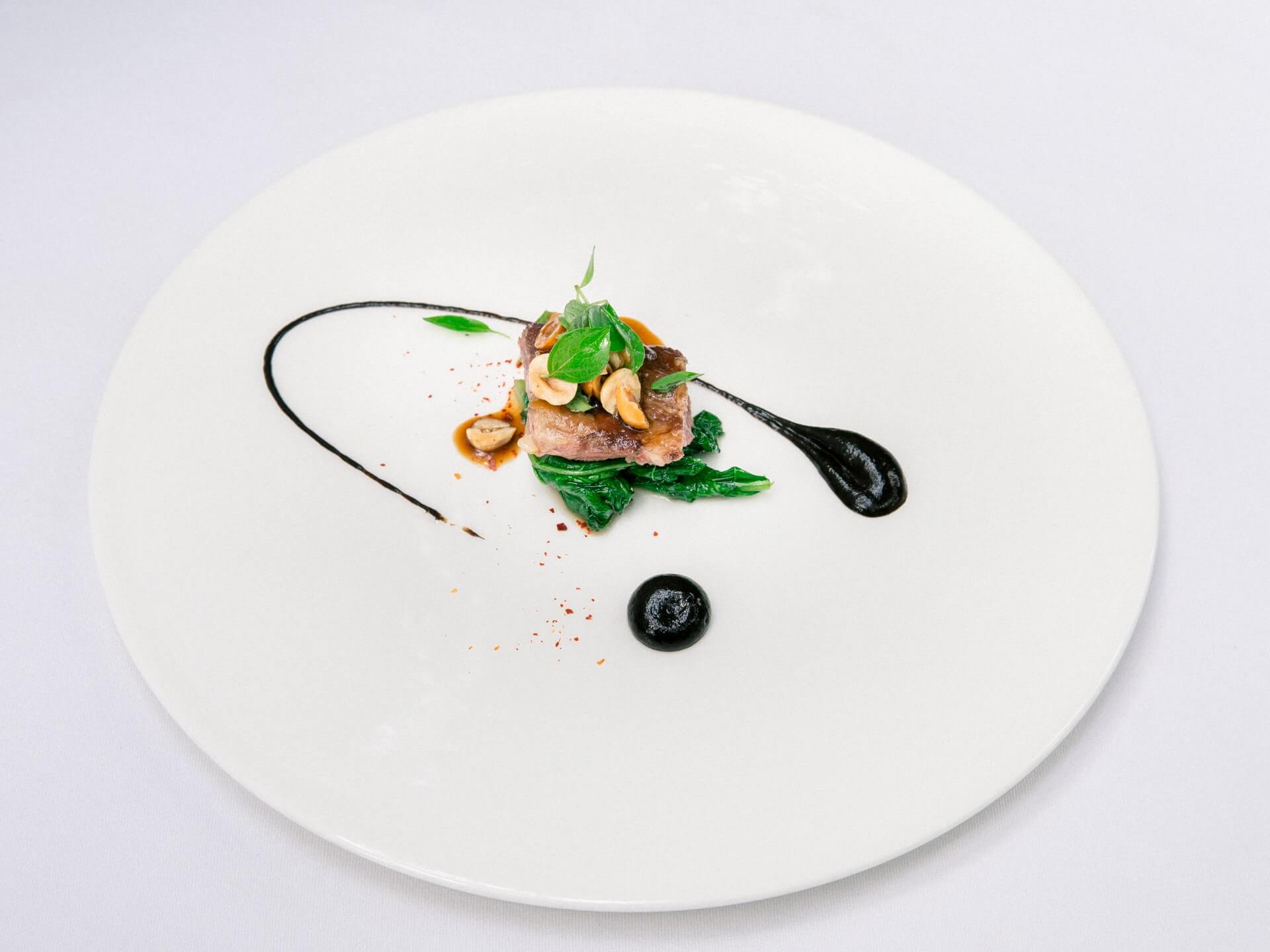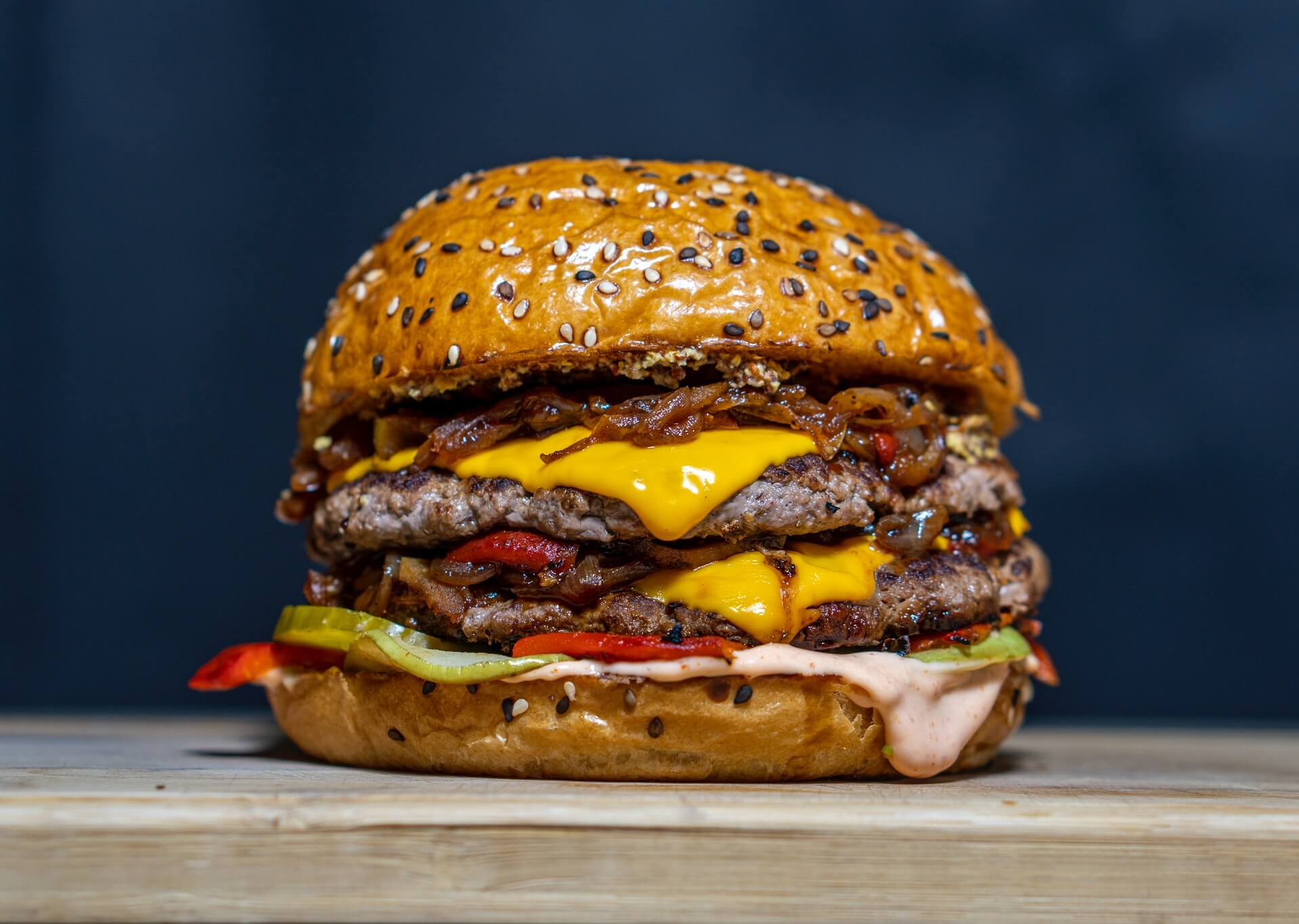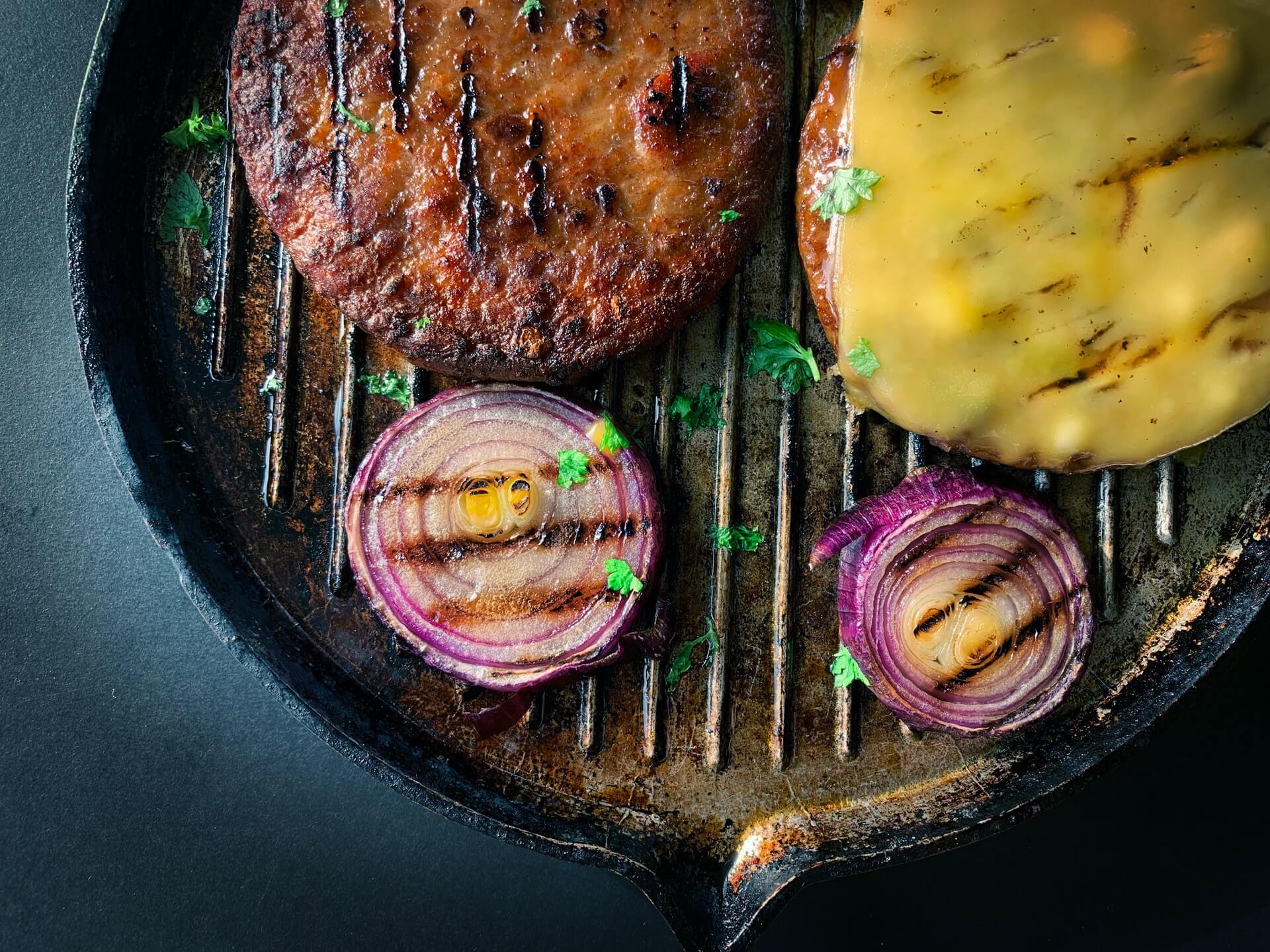F&B in Canada: Top Menu Items
by David Klemt

Those wondering what food and beverage menu items are performing best among consumers throughout Canada need wonder no more.
And why is that? Well, Restaurants Canada has the answers, revealing the top ten food and top ten beverage items.
Further, the organization compares each item’s performance. In this instance, Restaurants Canada analyses the percentage of orders that contained each food or beverage item from January to April 2022 in comparison to 2019.
These insights (and many more) are available in Restaurants Canada’s 2022 Foodservice Facts report. In fact, you can find our reviews of several of the restaurant advocacy group’s report topics via the links below:
- Two Years On, Restaurants Canada Reveals Pandemic Impact
- Canada’s Restaurant Labor by the Numbers
- Restaurants in Canada: Daypart Performance+
- Operators & Guests Respond to Rising Costs
- The Numbers on Food Delivery in Canada
- Your Guests are Likely Ready for More Tech
For your own copy of this year’s Foodservice Facts report, click here.
Top 10 Canadian Drink Menu Trends
As you’ll see below, coffee is outperforming nearly every other beverage category. Specifically, Hot coffee is at the top, while Iced or frozen coffee is ranked third.
Unsurprisingly, Carbonated soft drinks / Pop / Soda split the two coffee categories. According to Restaurants Canada, the Carbonated soft drink category can credit its performance in large part to QSRs.
- Milk: 1.8% (2019) to 1.8% (2022)
- Iced tea: 2.9% (2019) to 1.6% (2022)
- Milkshakes / Smoothies: 2.1% (2019) to 2.0% (2022)
- Fruit juice: 3.8% (2019) to 3.0% (2022)
- Hot tea: 5.5% (2019) to 4.5% (2022)
- Alcohol beverages: 5.1% (2019) to 5.7% (2022)
- Water: 6.6% (2019) to 5.0% (2022)
- Iced or frozen coffee: 5.3% (2019) to 7.5% (2022)
- Carbonated soft drinks / Pop / Soda: 19.7% (2019) to 20.2% (2022)
- Hot coffee: 40.9% (2019) to 41.9% (2022)
Compellingly, Alcohol beverage performance in restaurants fluctuated by age group between 2021 and 2022. Alcohol order shares in restaurants, per Restaurants Canada:
- Legal drinking Age (LDA) to 34: 46% (2021) to 43% (2022)
- 35 to 49: 17% (2021) to 21% (2022)
- 50-plus: 37% (2021) to 36% (2022)
Alcohol order shares in bars, according to Restaurants Canada:
- LDA to 34: 35% (2021) to 35% (2022)
- 35 to 49: 17% (2021) to 19% (2022)
- 50-plus: 49% (2021) to 47% (2022)
Overall, the 35 to 49 age group appears to be consuming less alcohol in bars and restaurants in comparison to the LDA to 34 and 50-plus cohorts.
Top 10 Canadian Food Menu Trends
As Restaurants Canada notes, the Sandwich / Sub category has grown in 2022. Interestingly, the category just below it in growth, Chicken, is partially responsible for boosting Sandwich / Sub performance.
As far as entrees or “main attractions,” the Burger category remains at the top, beating out Breakfast, Sandwich / Sub, Chicken, and Pizza menu items.
- Cake / Squares / Muffins: 3.7% (2019) to 3.3% (2022)
- Salad: 4.3% (2019) to 3.8% (2022)
- Donuts / Beignets: 3.0% (2019) to 3.8% (2022)
- Breads: 4.3% (2019) to 3.4% (2022)
- Pizza / Panzerotti / Calzone: 4.1% (2019) to 4.3% (2022)
- Chicken: 7.6% (2019) to 8.5% (2022)
- Sandwich / Sub: 8.0% (2019) to 8.5% (2022)
- Breakfast: 10.8% (2019) to 11.4% (2022)
- Burger: 9.0% (2019) to 10.9% (2022)
- French fries / Potato / Sweet potato / Onion rings: 15.0% (2019) to 16.1% (2022)
Image: Nathan Dumlao on Unsplash


